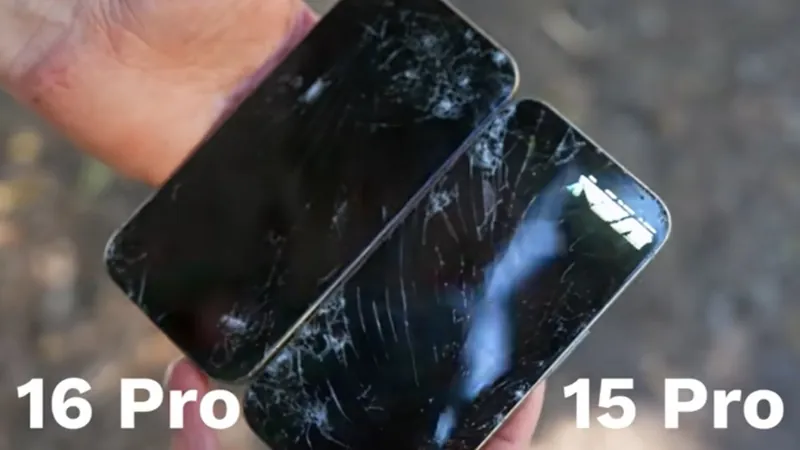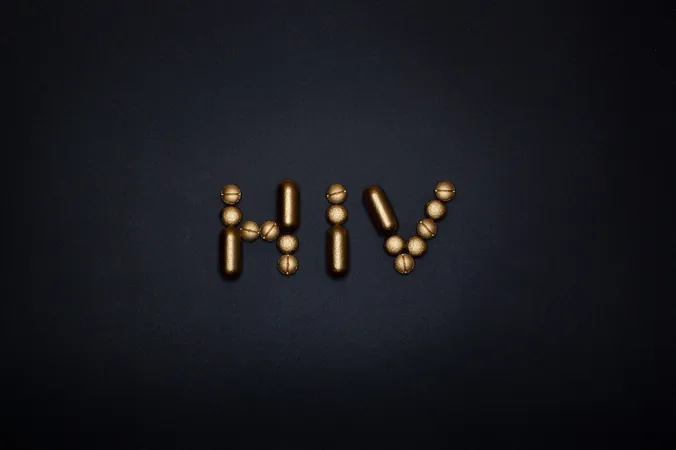
iPhone 16 vs. iPhone 15 Drop Test: Are Thinner Bezels and New Ceramic Shield Worth It?
2024-09-22
How Tough Is the New Ceramic Shield?
The drop test began with both phones, dressed in their signature finishes—Desert Titanium for the iPhone 16 Pro and Natural Titanium for the iPhone 15 Pro—getting dropped from a pocket height, which resulted in minor cosmetic damage at the bottom of both handsets. The real surprises started to unfold with higher drops.
First Big Blow:
When dropped from chest height, both phones sustained damage, but the iPhone 16 Pro began to show vulnerability. However, it was during the head-height drop that the iPhone 16 Pro's screen went dark and became non-functional, while the iPhone 15 Pro, despite similar impacts, continued to operate. This initially suggests that the iPhone 16 Pro, with its thinner bezels—30% smaller than its predecessor—might be creating weak points, particularly at the corners.
Rear View:
The damage escalated with back drops. When dropped from chest height, both models displayed a spider web crack in the rear glass, adding to the visual evidence of their struggle against the unforgiving ground. Yet, an incredible twist occurred when tested from above-head height: the iPhone 15 Pro displayed significant damage while the iPhone 16 Pro surprisingly fared slightly better.
The Shocking Screen Drops
The most telling part of this drop test was when the devices were flung screen down from waist height. The iPhone 16 Pro displayed a large scratch along its display, contrasting with the iPhone 15 Pro, which only sustained minor damage in an upper corner. The disparity in performance became even more pronounced when both were dropped from a staggering height of 12-13 feet. Here, the iPhone 15 Pro finally succumbed to the forces of gravity, while the iPhone 16 Pro, though cracked, showed that its damage was more contained.
Gains or Losses?
These findings fueled the debate: Does the new Ceramic Shield truly live up to Apple's claims? In comparison, it appears that while the iPhone 15 Pro did not crack until a higher drop, the iPhone 16 Pro's durability seems improved in certain scenarios, but may compromise due to its design features.
The Verdict
So what can iPhone users take away from this drop test? If you're considering upgrading to the iPhone 16 Pro, be aware that while the device showcases advancements in durability, its design may come with its own set of vulnerabilities, especially in the corners. Thinner bezels may look sleek, but they might leave your device more prone to screen damage. Whether this change is worth the trade-off depends on your lifestyle and how often you find yourself in a precarious phone-dropping situation!
Keep your eyes peeled—I’ll keep you updated on more durability tests as they come!



 Brasil (PT)
Brasil (PT)
 Canada (EN)
Canada (EN)
 Chile (ES)
Chile (ES)
 España (ES)
España (ES)
 France (FR)
France (FR)
 Hong Kong (EN)
Hong Kong (EN)
 Italia (IT)
Italia (IT)
 日本 (JA)
日本 (JA)
 Magyarország (HU)
Magyarország (HU)
 Norge (NO)
Norge (NO)
 Polska (PL)
Polska (PL)
 Schweiz (DE)
Schweiz (DE)
 Singapore (EN)
Singapore (EN)
 Sverige (SV)
Sverige (SV)
 Suomi (FI)
Suomi (FI)
 Türkiye (TR)
Türkiye (TR)